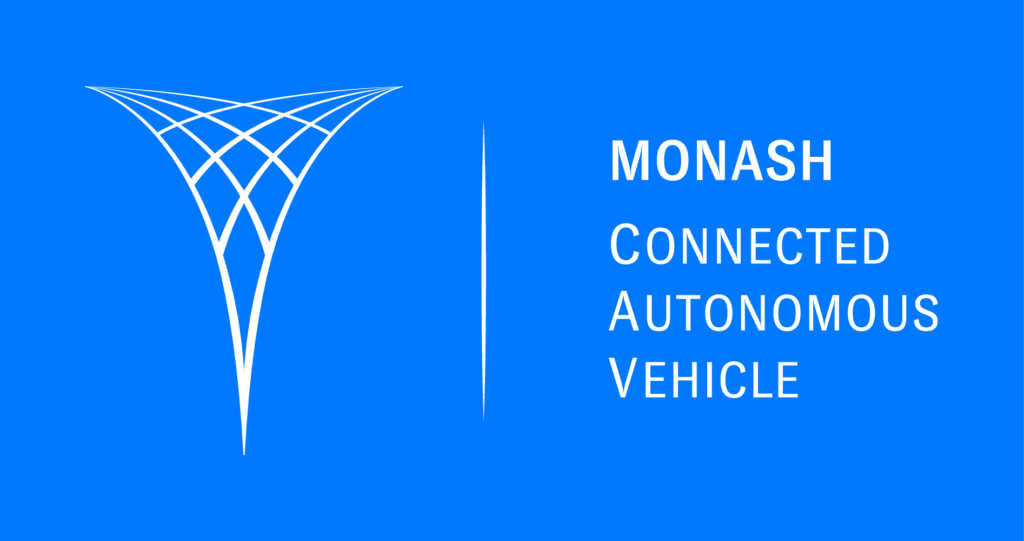
Welcome the first MCAV Newsletter of 2021
To all team members and interested parties, welcome to 2021! It feels like we have been hibernating for the past 12 months, and thankfully it is now time to get ourselves back on track and refocus our efforts in the new year.
Unfortunately, due to lockdown our team was kept to minimal on campus work, but we have been busy behind the scenes setting ourselves up to make this year our most productive 12 months to date. Recruitment has been at the forefront of our thoughts, with all sections taking in new members in the past few months.
Although we lost many valuable members of the team at the conclusion of 2020 due to graduation, we are excited to begin teaching and mentoring new team members. We have set ambitious goals for 2021, with the development of ‘The MiniDrone’ a capstone project, which we hope to rapidly improve our team’s ability to develop and test our connectivity and software capabilities.
Work will also continue on our Subaru Forester, with the car to be returned to its former roadworthy glory before extensive work will be completed with an eye on our long-term goal of getting it on the road as a fully autonomous vehicle. Interactions will also be working on expanding their simulation capabilities, with traffic flow and intersection control at the forefront of their planning. 2021 will be an exciting year for everyone involved with MCAV, we cannot wait to share our work with you all when the time comes.
In the meantime, stay tuned, we will be giving sneak peeks through the year of our progress. Rowan Larcombe CEO

▸ Software
This year the Software Team will build on the work of last year, to create driver assistance systems such as lane keeping assist and adaptive cruise control. We will be performing our first autonomous testing of our lane keeping system on public roads in semester one. In addition, we will be collaborating with the hardware team to develop The MiniDrone. The smaller vehicle should allow us to quickly test and iterate on ideas, as well as providing a platform for new recruits to learn about our systems.

▸ Connectivity
The Connectivity Team’s job is to establish a working network between vehicles and infrastructure for an efficient and safe autonomous system. They are currently working with COHDA units that transmit and receive information via Dedicated Short Range Communication (DSRC), a popular method for autonomous systems. Using these units the team can send information such as speed, direction of the vehicle, and other safety messages. In addition, connectivity works on algorithms for V2V interaction on intersections. Algorithms for intersection control are being implemented in virtual environments with different scenarios of negotiating right of way. Currently, the team is working on integration with special emphasis on sending GPS information from one vehicle to another.

▸ Hardware
The Hardware Team at MCAV is responsible for all things physical within the team – from retrofitting a Subaru Forester with autonomous capability, to smaller scale autonomous robotics. This year they aim to design and implement a braking actuation system to allow the Subaru Forester to execute an emergency stop autonomously. This system will be fitted around the brake pedal on the driver’s side and will be designed in such a way to allow the driver to brake manually at any time and disengage the brake actuator. The team will also be responsible for the design of The MiniDrone, a small-scale autonomous drone, to facilitate the learning and understanding of how autonomous cars operate. A second version of The MiniDrone is aimed to be constructed after the completion of the first. This will enable us to establish a communications network between the two drones, utilising DSRC.

▸ Interactions
This year the Interactions Team aims to work with the Connectivity Team to further improve the Vehicle to Vehicle (V2V) intersection control algorithm developed last year to include management for high congestion events – such as road works or incidents occurring at the intersection. The performance of the intersection prior to and proceeding upgrades to the intersection control algorithm will be analysed. In addition to this, the team will focus on integrating ROS with CARLA and CARLA with SUMO to create an immersive 2D and 3D model of the intersection control algorithm.

